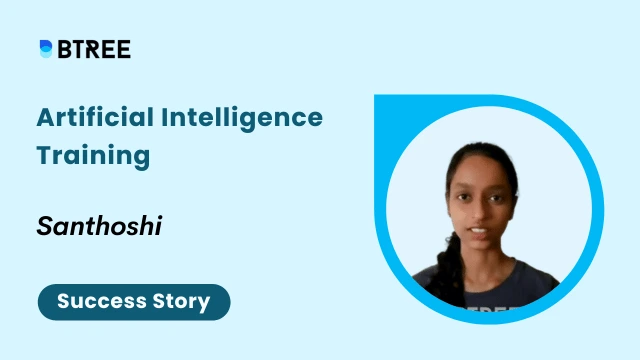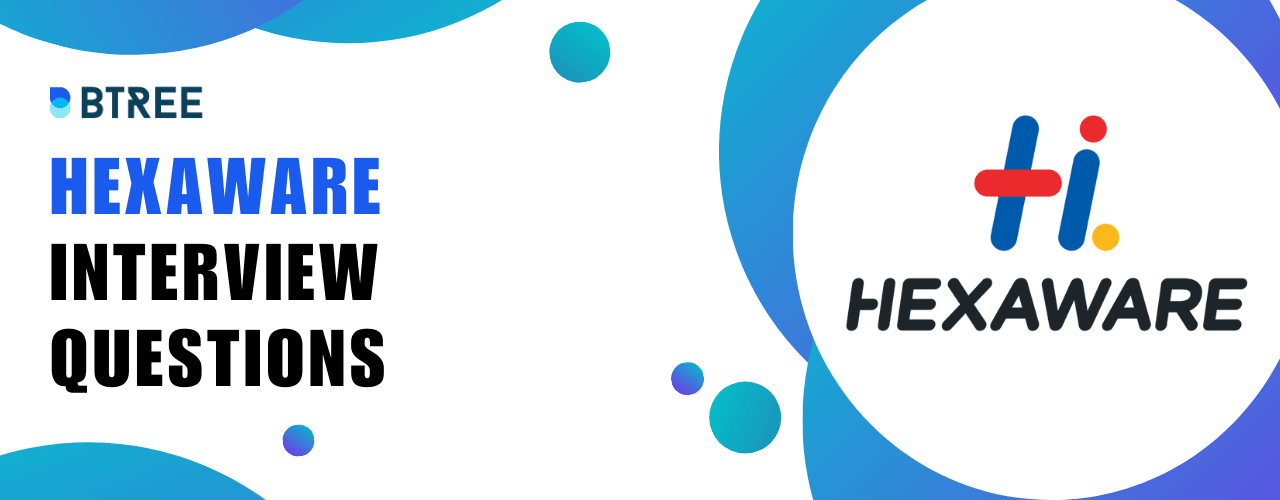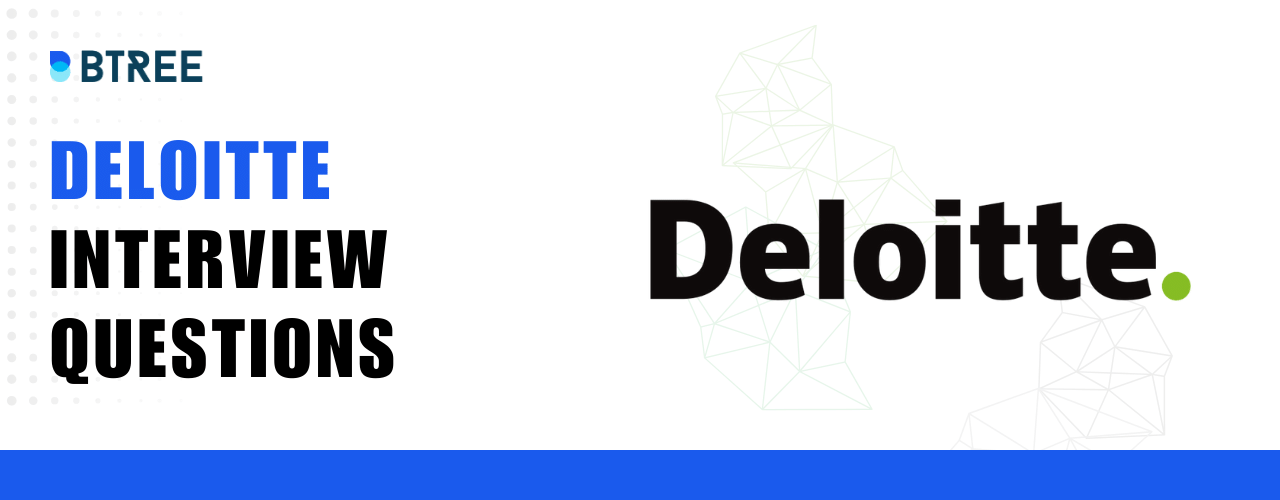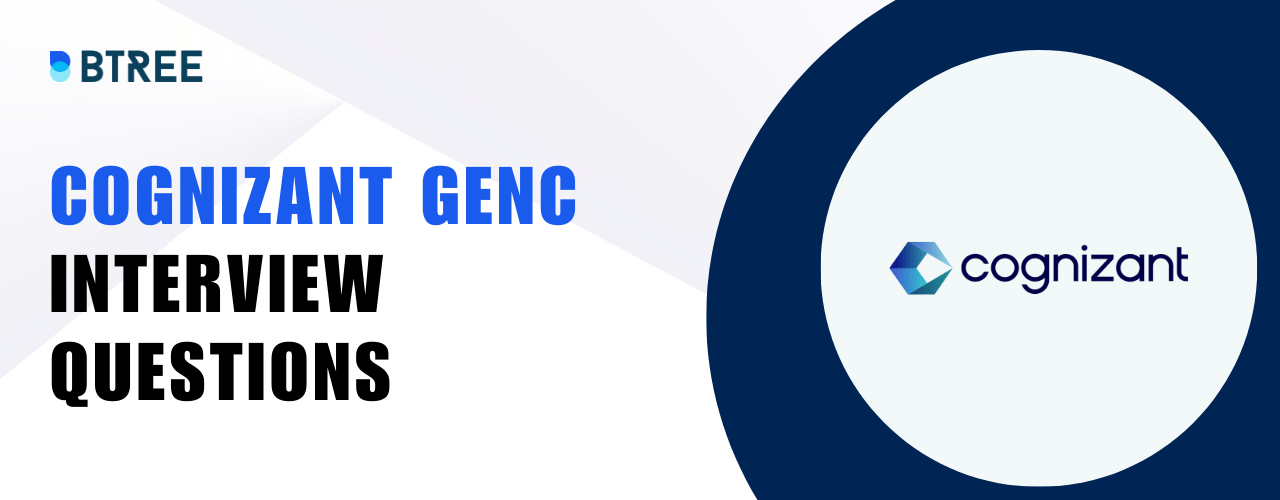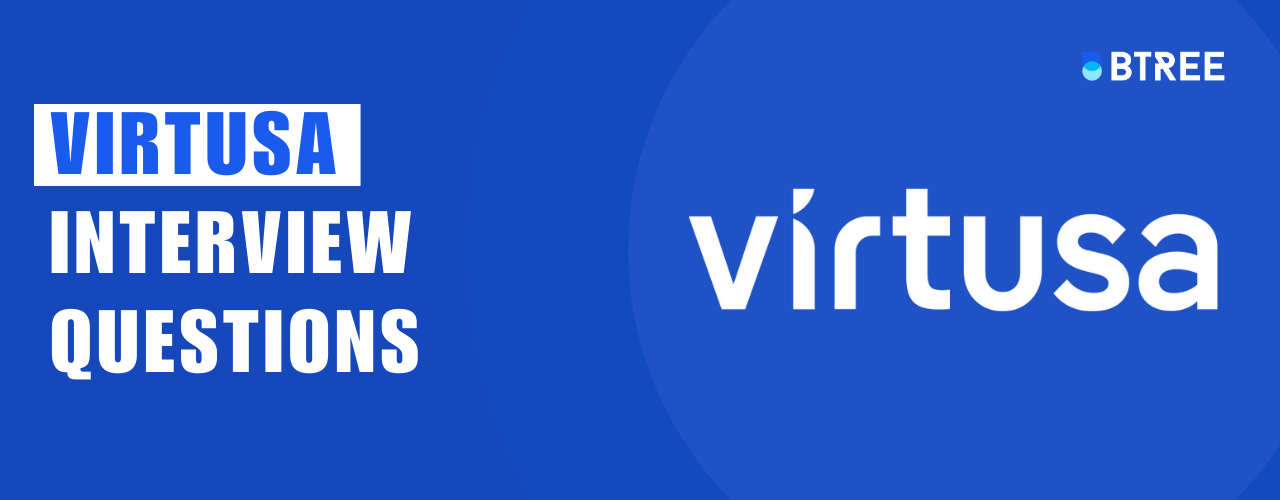
Who is Data Analyst?
Data analysts determine ways to use data to answer questions and solve issues. They examine current events to discover trends and make forecasts about the future. They’re like detectives, figuring out how things function and making sense of it. It has the potential to be creative, demanding, and fulfilling career.
They often use computer systems and calculation tools to figure out their numbers. Data must be regulated, normalized, and calibrated to be extracted, used alone, or combined with other numbers while retaining integrity.
Facts and figures are the beginning point, but interpreting what they represent and engagingly presenting the findings, employing graphs, charts, tables, and graphics, is more crucial.
Data analysts must understand data and report and explain what variances in figures indicate when compared year to year or across departments. Start enrolling your Data Science training in Chennai to build the skills required for Data Analysts.
However, a data analyst’s abilities are not as complex as a data scientist’s; their goals are similar and may be limited to managing specific business tasks utilizing existing tools, processes, and data sets. As they must require Top 5 Skills for Data Analyst
Critical Thinking
Data scientists must be able to think critically. It enables them to conduct an objective examination of a situation, formulate questions effectively, and determine how their results might help an organization move closer to a desired course of action. Before forming a judgment, it is critical to analyze problems objectively through data interpretation. This impartiality motivates data scientists to look more closely at the data source, study all problem aspects, and remain curious to remove bias from the final product.
Adaptability
Adaptability is one of data scientists’ most wanted soft skills in today’s talent acquisition. Professionals must swiftly adapt to the latest technology as technological innovation and implementation accelerate. As a data scientist, you must be alert and responsive to changing business trends.
Communication
A data scientist should be able to connect corporate objectives with scientific, analytical, and technical aspects. They must convey their results to business users and decision-makers and explain the value these insights can bring this information to the organization to both technical and non-technical audiences. As a result, they may encourage data literacy within the organization, highlighting their contribution and making their work more apparent across departments.
Business Intelligence
Data scientists must cope with a large volume of information. If they don’t translate it well, this valuable information is lost because upper-level management will never be able to use it to make business decisions. Data scientists must understand current and emerging market trends and basic business principles and technologies. They must also endeavor to understand the strengths and limitations that define their existing organization.
Team Player
Data scientists do not work in a vacuum, and they must appreciate the value of collaboration and collaborate well with others. They must listen to other team members and use their feedback.
Our Lovely Student feedback
Must know 5 best tools for Data Analyst
Have An Queries? Ask our Experts
Start knowing about best tool for Data Analysts and data professionals will use tools and software to ensure the best results in different tasks to perform data analysis at the highest level possible. Even though there are numerous solutions on the market, data analysts must choose appropriately to benefit their analytical efforts. This post will discuss the top data analyst tools and highlight their essential features based on various types of analysis processes. But first, a simple definition and a quick introduction are in order. Let’s start exploring various tools from basics to advance levels.
R Programming
R-Program is a popular open-source programming language similar to Python. It is often used in the development of statistical/data analysis applications. However, it was designed primarily for sizeable statistical processing tasks and is widely used for data visualization. It works well with different languages and systems and may call on C, C++, and FORTRAN code. On the negative, it has poor memory management, and while there is a large user community to turn to for assistance, R lacks a dedicated support team.
It works well with other languages and systems and can access code written in languages such as C, C++, and FORTRAN. On the negative, it has poor memory management, and while there is a large user community to turn to for assistance, R lacks a dedicated support team.
Python
Python, a computer language with several applications, is a must-have for any data analyst. Unlike more advanced languages, it emphasizes readability, and its widespread use in the computer industry means that many programmers are already familiar with it. Python is also incredibly adaptable, with many resource libraries suited to a wide range of data analytics jobs. The NumPy and pandas’ libraries, for example, are excellent for speeding highly computational operations while also allowing generic data manipulation.
Jupyter Notebook
Jupyter Notebook is a free and open-source web tool for creating interactive documents. These use live code, equations, graphics, and narrative prose. Consider something similar to a Microsoft Word document, but significantly more interactive and tailored exclusively to data analytics! It’s ideal for showing work as a data analytics tool: Jupyter Notebook is a browser-based programming environment that supports over 40 languages, including Python and R. It also connects with significant data technologies such as Apache Spark and provides a variety of outputs ranging from HTML to photos, videos, and more.
Apache Spark
Apache Spark is a software framework that allows data analysts and data scientists to process vast data sets quickly. It is designed to analyze big unstructured data, and Spark distributes computationally heavy analytics tasks across many computers. While other similar frameworks exist, Spark is speedy. Using RAM rather than local memory is around 100x faster than Hadoop. That’s why it’s often used to develop data-heavy machine learning models.
SAS
SAS is a well-known commercial suite of business intelligence and data analytics tools. Its primary applications are client profiling, reporting, data mining, and predictive modeling. Because it was designed for the corporate market, the software is often more robust, adaptable, and easier to use for large organizations. It’s because they have differing amounts of in-house programming experience. However, SAS is a commercial product with a high price tag. Nonetheless, with expenditure comes an advantage; new modules are added regularly based on client needs.
Conclusion
blog looked at some of the most popular available data analysis tools. The main point to remember is that no one can handle everything. A good data analyst is well-versed in a variety of languages and applications. BTree Systems offers training programs for both individuals and organizations with free access to some necessary tools.
Looking For 100% Salary Hike?
Speak to our course Advisor Now !
